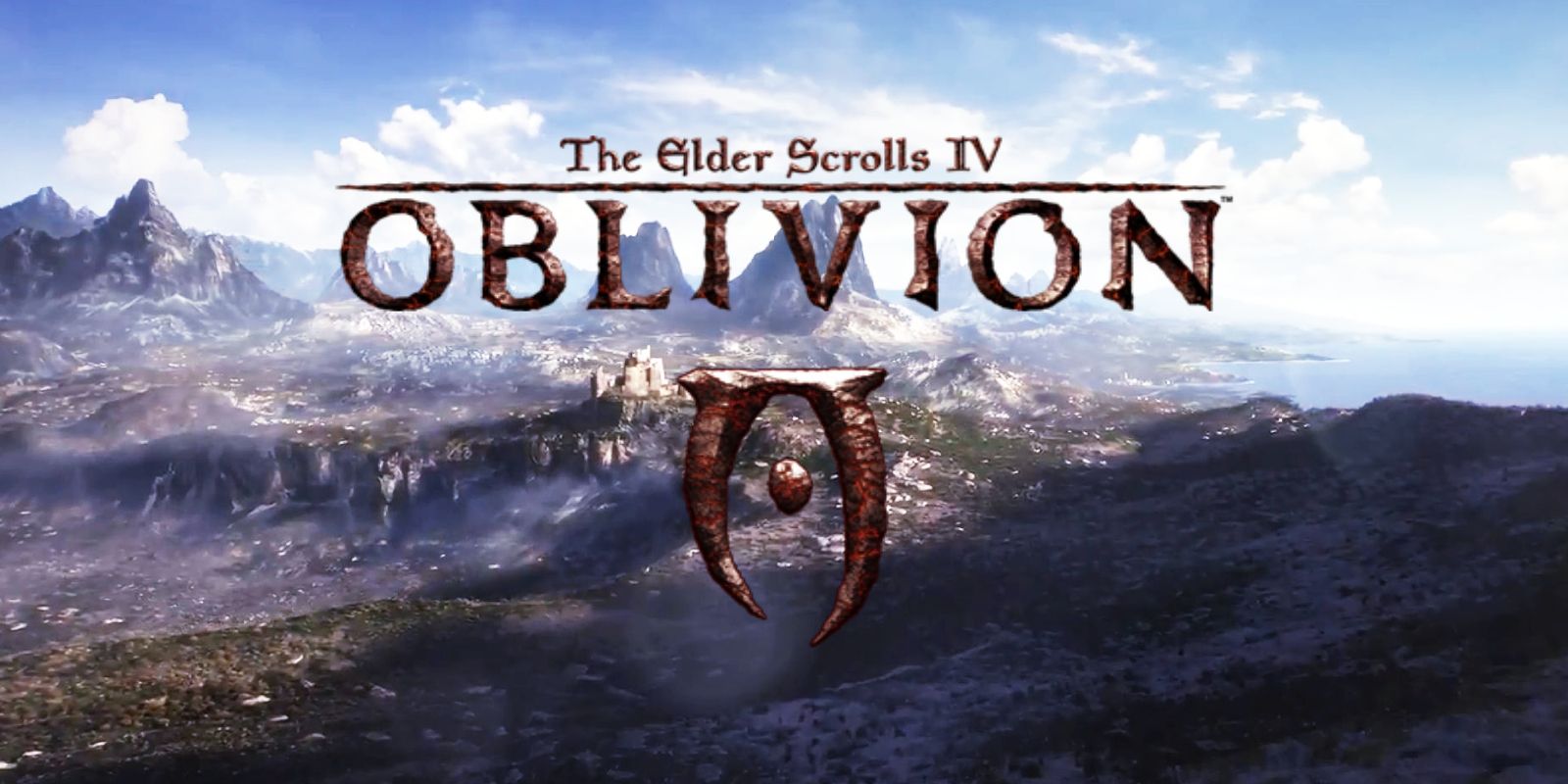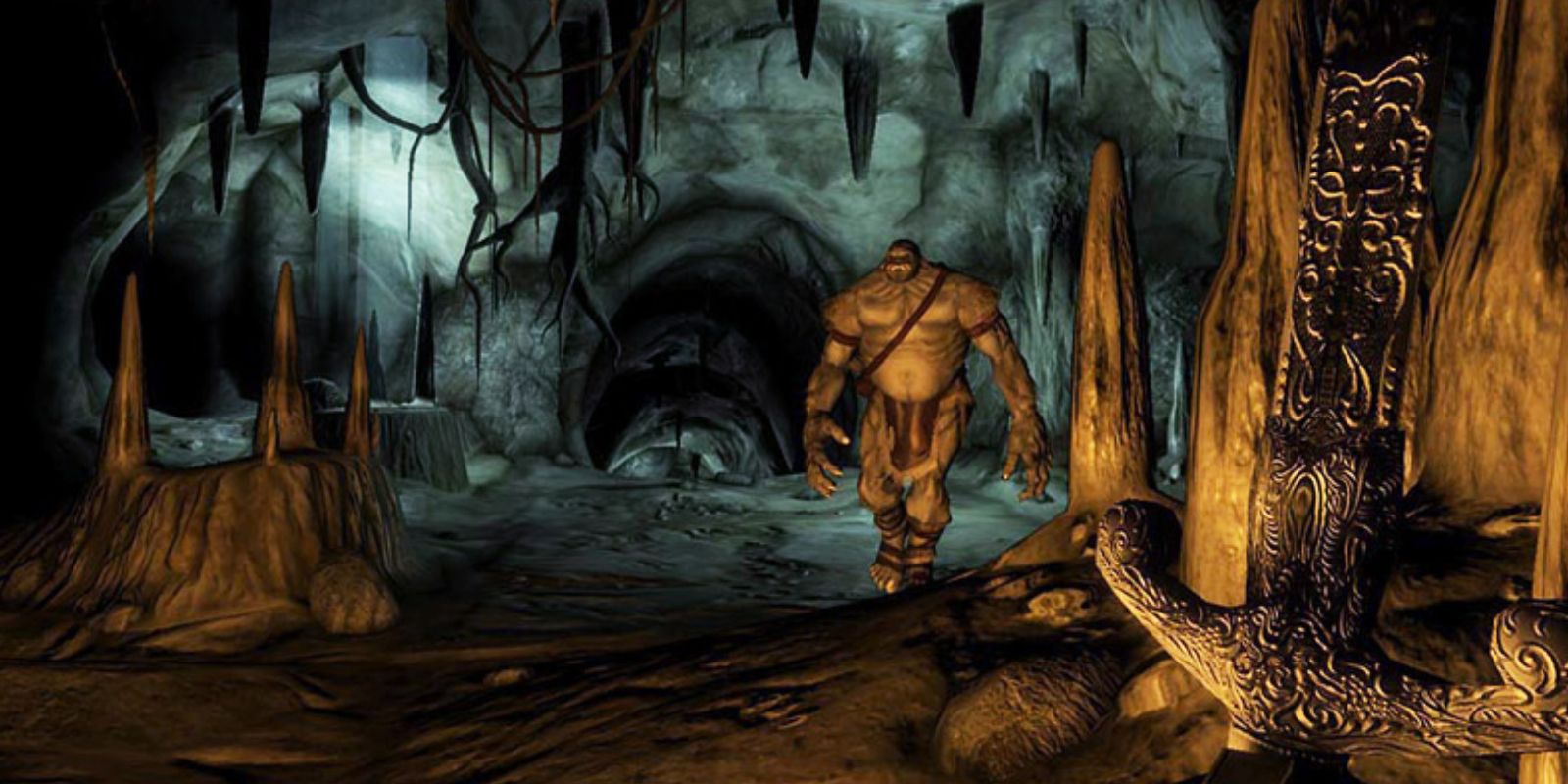What Elder Scrolls 6 Can Learn From Oblivion | Screen Rant

The Elder Scrolls 6 was announced in 2018, and though little has appeared in the way of official news since then, that hasn't stopped speculation from cropping up regarding what it might look like. One point worth considering is how The Elder Scrolls 6 could build upon elements introduced in other Elder Scrolls games. Everything from gameplay mechanics to story design could be impacted depending on where developers draw influence from.
When it comes to discussions surrounding The Elder Scrolls 6, particularly what features it should borrow from other games in the series, Oblivion is often overlooked. It has neither the unforgiving roleplaying elements of Morrowind, such as a lack of quest markers or the ability to permanently kill off quest-essential NPCs, nor the slightly more modern graphics of Skyrim. Many players also consider its dialogue and AI to be outdated, more so as game engines continue to evolve over time.
Oblivion has its fair share of strong features too, though. The game's Acrobatics skill is well-implemented, for example; it's easier to run across rooftops and jump between houses than it is in Skyrim, and for thief characters in particular that adds a level of roleplaying immersion. That could be part of why Oblivion's Thieves Guild questline is often considered one of the series' strongest. The Dark Brotherhood is another fan-favorite questline from Oblivion, and in fact several of the game's minor quests are likewise more well-developed than many of those featured in Skyrim.

Quests in Skyrim often feel procedural or otherwise repetitive. Commonly, they involve fetching an item from a dungeon or clearing an area of bandits. While these types of missions are common among RPGs as a whole, especially Bethesda titles, the problem felt less apparent in older Elder Scrolls games. On the other side of things, Morrowind's quests could frequently be difficult to work through. Quests objectives in Morrowind appeared in the form of directions, sometimes vague ones, that players would have to follow as opposed to visible quest markers. While this encouraged exploration and immersion, it also ran the risk of distracting from gameplay by being too difficult or frustrating.
More of a balance was found in Oblivion, which implemented features that would go to become staples in Skyrim, such as quest markers and fast travel, without sacrificing as many memorable design elements. Oblivion's quests saw players staging a murder mystery, venturing into a painting, or being sent out to sea after sleeping on a boat stolen by thieves. While Skyrim still has many interesting quests to discover, much of the game's side quests are less impactful or engaging than those featured in Oblivion. The Elder Scrolls 6 has the chance to bring back more unique missions as a whole, especially given that the Bethesda game is currently still in the design phase of development.
from ScreenRant - Feed https://ift.tt/3j6Wjad
via Whole story

Post a Comment